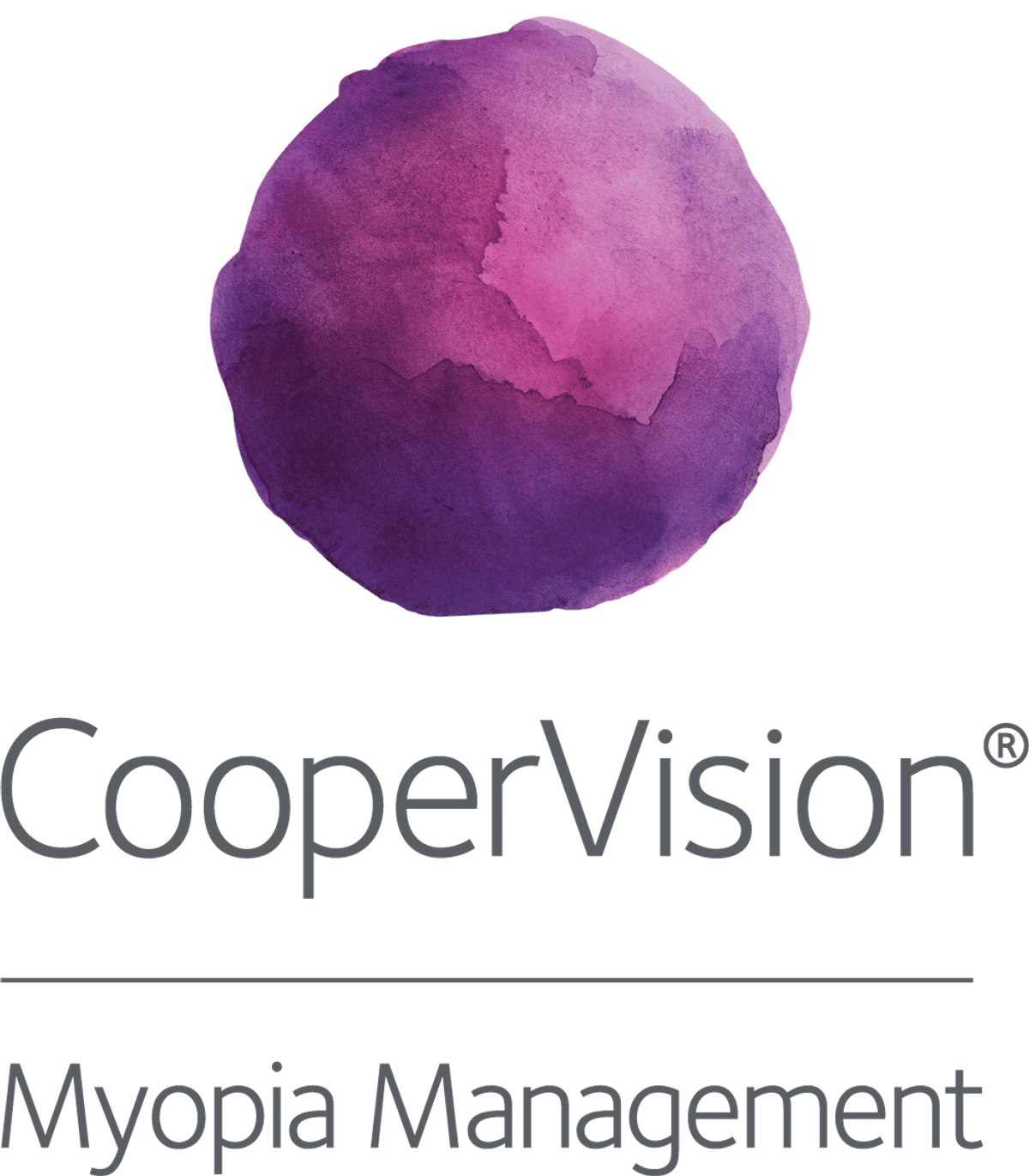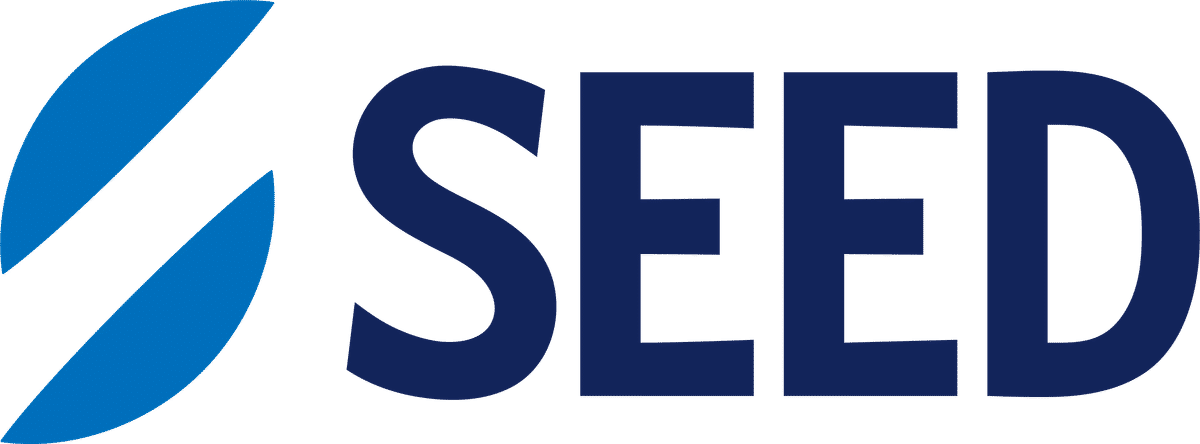Science
HALT lenses with low dose atropine slow myopia progression

In this article:
This study evaluated the effect of adding HALT spectacle lenses to ongoing low-dose atropine treatment in children who were still progressing. Over 12 months, mean myopia progression slowed from −0.60 D and 0.24 mm (prior 6 months) to −0.07 D and 0.13 mm with combination therapy. No significant difference was found between low and higher atropine doses, and no adverse effects were reported.
Paper title: Additive Effect of Highly Aspherical Lenslet Target Spectacles to Children Inadequately Controlled by Atropine Monotherapy
Authors: Sim BX (1,2), Loh KL (1,2), Htoon HM (3), Sri Y (1,2), Balakrishnan M (1), Chan Poh Lin P (1,2), Sim RZH (1), Lam CSW (3), Chia AWL (1,2)
- Singapore National Eye Centre (SNEC), Singapore
- Myopia Centre of Excellence, Singapore National Eye Centre (SNEC), Singapore
- Singapore Eye Research Institute (SERI), Singapore
Date: Published online February 26, 2025
Reference: Sim BX, Loh KL, Htoon HM, Sri Y, Balakrishnan M, Chan Poh Lin P, Sim RZH, Lam CSW, Chia AWL. Additive Effect of Highly Aspherical Lenslet Target Spectacles to Children Inadequately Controlled by Atropine Monotherapy. Ophthalmol Sci. 2025 Feb 26;5(4):100753.
Summary
This prospective cohort study investigated whether adding Highly Aspherical Lenslet Target (HALT) technology spectacle lenses to low-dose atropine (LDA) could enhance myopia control in children who were still progressing with LDA alone.
Fifty children aged 6 to 11 years with myopia between −1.50D and −6.00D and astigmatism below −2.00D were enrolled. All had shown ≥0.50D progression over the previous 6 months while using low-dose atropine, with mean pre-treatment progression of -0.60D and 0.24mm. Participants were divided into two groups based on their current atropine schedule. Group A used atropine 0.01% once daily, and Group B used either atropine 0.01% twice daily or atropine 0.025% once daily. All children were started on HALT lenses while continuing to use low-dose atropine. Cycloplegic auto-refraction, pupil size and axial length (AL) were measured at baseline, 6, and 12 months.
Key findings were as follows.
- Mean 12-month spherical equivalent error (SE) progression with combination therapy was −0.07 D and 0.13 mm
- The SE and AL outcomes were similar regardless of atropine dose (0.01% once vs. twice daily or 0.025%).
- The authors described a “hyperopic shift” in axial length in 24% of children at 6 months and 22% at 12 months. However, no specific mechanism or associated refractive change was investigated
- Despite overall slowing, 20% of children still progressed by ≥0.50 D over 12 months, and 18% and 40% progressed by >0.3 mm and >0.15 mm in AL, respectively.
- Greater axial elongation was seen at 6 months for children with smaller pupil sizes and at 12 months for younger children.
- No adverse visual symptoms (e.g., glare, blur) were reported during the study.
What does this mean for my practice?
This study provides encouraging evidence that combining HALT spectacle lenses with LDA can enhance myopia control in children who continue to progress on atropine alone. The combination reduced mean myopia progression over 12 months to -0.07D and 0.13mm, compared to -0.60D and 0.24mm in the prior 6 months. Around one in four children showed axial length stability or slight reduction over time. No adverse visual symptoms were reported, indicating good tolerability.
Read more about axial length shortening in children undergoing myopia control treatments here.
The treatment effect was similar across atropine regimens, suggesting that the additive benefit of HALT lenses is robust across low-dose schedules. The lack of difference in outcomes by dose also suggests that prior progression may be a more useful indicator for initiating combination therapy than LDA concentration alone. Children who are younger or have smaller pupil sizes may be at greater risk of continued progression so starting combination therapy early may help achieve more stable outcomes. See our clinical article on when to start myopia management.
This dual approach is a practical next step when monotherapy is insufficient. Since children using atropine still require vision correction, switching to a myopia-controlling lens design like HALT is a straightforward and justified adjustment. It also avoids the need to escalate atropine dosage and risk associated side effects. No adverse visual symptoms were reported, indicating good tolerability.
What do we still need to learn?
This study supports combining HALT lenses with low-dose atropine, but some limitations remain.
The cohort was relatively small, and there was no comparison group who continued with atropine alone. Estimates of pre-treatment progression were taken from past clinic records using calculation methods which may have over- or under-estimated prior progression.
Children with smaller pupils showed more axial elongation at 6 months, which may reflect reduced effectiveness of atropine. The authors suggested this could be due to poor absorption, poor compliance, or individual variation in pharmacologic response. Further research is needed to understand how pupil size may influence treatment outcomes and whether it could serve as a clinical marker of response.
Although overall progression was reduced, a substantial proportion of children still demonstrated clinically significant elongation or refractive progression. Understanding why 20% of children progressed by ≥0.50D and why 18% and 40% progressed by more than 0.3 mm and 0.15 mm, respectively, will be essential to tailoring treatment more effectively.
Factors such as inconsistent spectacle wear, poor adherence to LDA, or individual biological variation may have contributed to continued progression, but were not objectively measured in this study. Future studies should include compliance tracking and investigate how factors like age, pupil size, and treatment adherence influence individual outcomes.
Abstract
Purpose: Myopia progression in children, especially in East Asia, is a significant public health concern. This study evaluated the efficacy of combining myopia control spectacle lenses with Highly Aspherical Lenslet Target (HALT) technology and atropine in children who continued to progress on low-dose atropine (LDA).
Design: Prospective cohort.
Subjects: Children aged 6-11 years with ≥0.5 diopters (D) myopia progression over 6 months on LDA (0.01% or 0.025%) were recruited.
Methods: All participants used HALT (Essilor Stellest) spectacle lenses while maintaining their LDA dose. The changes in spherical equivalent (SE) and axial length (AL) were tracked for 6 months before and 6-12 months after starting combination treatment.
Main outcome measures: Progression of SE and AL.
Results: Fifty children (mean age 8.9 ± 1.1 years) were separated into group A (on 0.01% atropine daily, n20) and group B (on 0.01% atropine twice daily, n5 and 0.025% atropine nightly, n25). Most (86%) were ethnic Chinese. The baseline SE and AL showed no significant intergroup differences, with prior myopia progression (0.60D/0.24 mm) over 6 months. After adding HALT lenses, progression slowed to -0.06D/0.06 mm at 6 months and -0.15D/0.14 mm at 12 months. A hyperopic shift in AL was seen in 11 children (24%). However, the progression of >0.5D was noted in 20%, with 18% and 40% progressing by >0.3 mm and >0.15 mm, respectively. Univariate analysis suggested that children who progressed >0.10 mm over 6 months were more likely to be younger, whereas multivariate analysis suggested that change in AL was associated with smaller pupil size (possibly from poor compliance or absorption of atropine) at 6 months and younger age at 12 months, after controlling for sex, race, and baseline SE and AL. There were no complaints of glare, near, or peripheral blur in children after starting combination treatment.
Conclusions: The addition of HALT spectacle lenses significantly reduced myopia progression in children, aged 6-11 years, who were poorly controlled on LDA alone demonstrating a potential synergistic effect with LDA. These findings supported combination therapy for managing challenging myopia cases.
Meet the Authors:
About Ailsa Lane
Ailsa Lane is a contact lens optician based in Kent, England. She is currently completing her Advanced Diploma In Contact Lens Practice with Honours, which has ignited her interest and skills in understanding scientific research and finding its translations to clinical practice.
Read Ailsa's work in the SCIENCE domain of MyopiaProfile.com.
Enormous thanks to our visionary sponsors
Myopia Profile’s growth into a world leading platform has been made possible through the support of our visionary sponsors, who share our mission to improve children’s vision care worldwide. Click on their logos to learn about how these companies are innovating and developing resources with us to support you in managing your patients with myopia.












